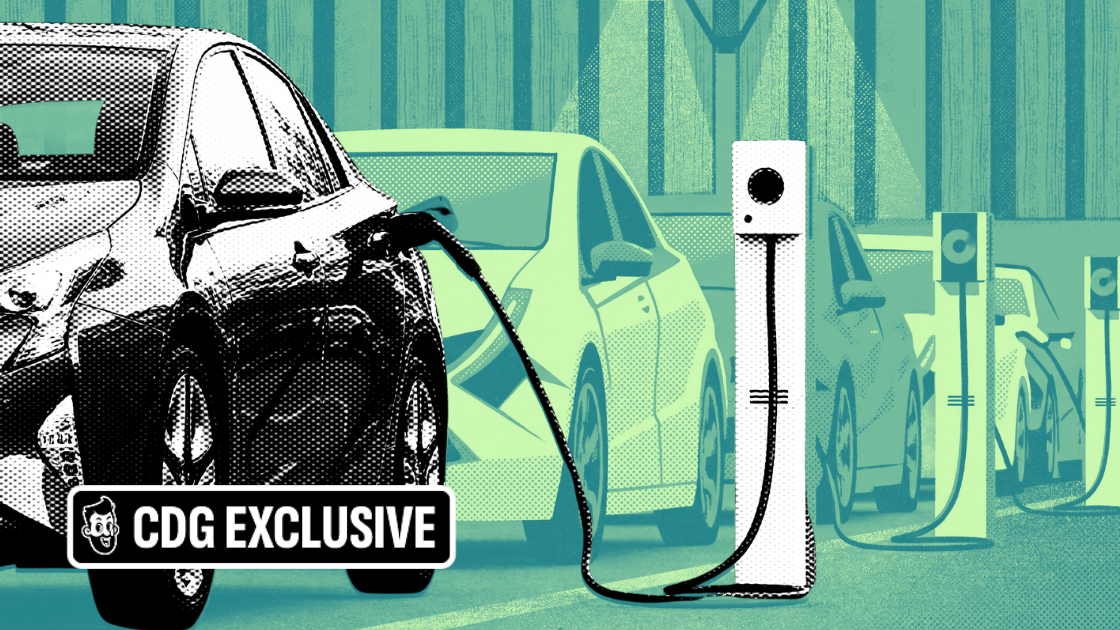
Honda’s manufacturing plant in Greensburg, Indiana (via Honda)
President Trump’s 25% tariffs on goods from Mexico and Canada took effect first thing this morning, and the response was swift. Canada is now preparing to slap 25% tariffs on nearly $100 billion worth of U.S. imports.
First things first: Concerns over the potential impact of tariffs on the auto industry are now shifting into more immediate courses of action to mitigate the potential damage of the measures, but speed will be the determining factor.
See—producing automobiles involves a highly complex business operation that includes automakers, parts suppliers, manufacturing facilities and multi-billion-dollar investments—all happening years before new vehicles make their way to dealerships.
What they’re saying: "It takes three to six years to develop a new car, and it takes the design, testing, and integration of assemblies from many companies. If government policy changes in the middle of the process, years of work and tens of millions of dollars can go out the window,” explained Erik Gordon, University of Michigan Ross School of Business professor to the Detroit Free Press.
Between the lines: Automakers and suppliers are already making major changes in their operations in response to the levies.
Honda said it is moving the manufacturing of its next-generation Civic hybrid from Guanajuato, Mexico to Indiana due to the enactment of the tariffs, with the production schedule expected to move from November 2027 to May 2028.
Honda is also doubling down on U.S. manufacturing, pumping an extra $300 million into its Ohio plants for a $1 billion total commitment.
Meanwhile—Mexican auto parts manufacturer Nemak (which supplies auto parts to every major vehicle manufacturer operating plants in Mexico) is considering moving its entire operation to the U.S. to avoid the tariffs.
Digging deeper: Stellantis is making meaningful shifts to its North American production strategy. It’s moving Dodge Durango production to Detroit, reopening its Illinois plant for a new midsize pickup, and weighing a U.S. site for the next-gen Jeep Cherokee.
But the automaker still has a lot at stake outside the U.S.—it builds a third of its Ram pickups and two Jeep models in Mexico, along with the Chrysler Pacifica minivan in Windsor, Ontario, and the Dodge Charger Daytona EV.
With net income down 70% to $5.7 billion, Stellantis faces some tough decisions moving forward.
Nissan is in a similar bind. The company sold over 300,000 Mexican-made cars in the U.S. last year—including the Sentra, Versa, and Kicks—but with $93.6 million in losses last quarter, it's now considering moving production out of Mexico to avoid getting hit by tariffs.
Why it matters: The tariffs could affect the business operations of nearly every major automotive brand. But automakers aren’t waiting to see how this plays out. They’re moving as fast as possible to sidestep tariffs and keep their supply chains running.
Become an automotive insider in just 5 minutes.
Get the weekly email that delivers transparent insights into the car market.
Join 90,000+ others now, it's free:

HR & Safety on the Go—Because Your Team Deserves Better
Managing HR across multiple systems—or worse, on paper—is slowing you down.
With the DriveHRIS Mobile App, everything is in one place:
✅ Self-Serve Access – Employees check schedules, request time off, and sign documents anytime, anywhere.
✅ Compliance Made Simple – Automate safety training, certifications, and inspections with built-in reminders.
✅ Faster Hiring & Onboarding – Recruit from anywhere and get new hires set up from day one.
Less admin. Fewer errors. A smoother experience for your team. Book a call today and see DriveHRIS in action.










